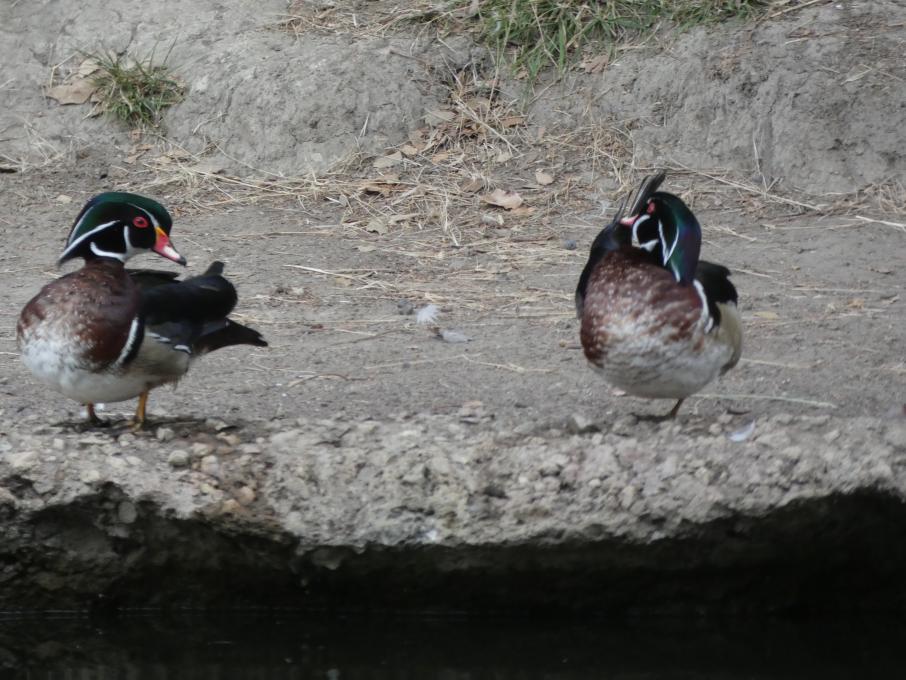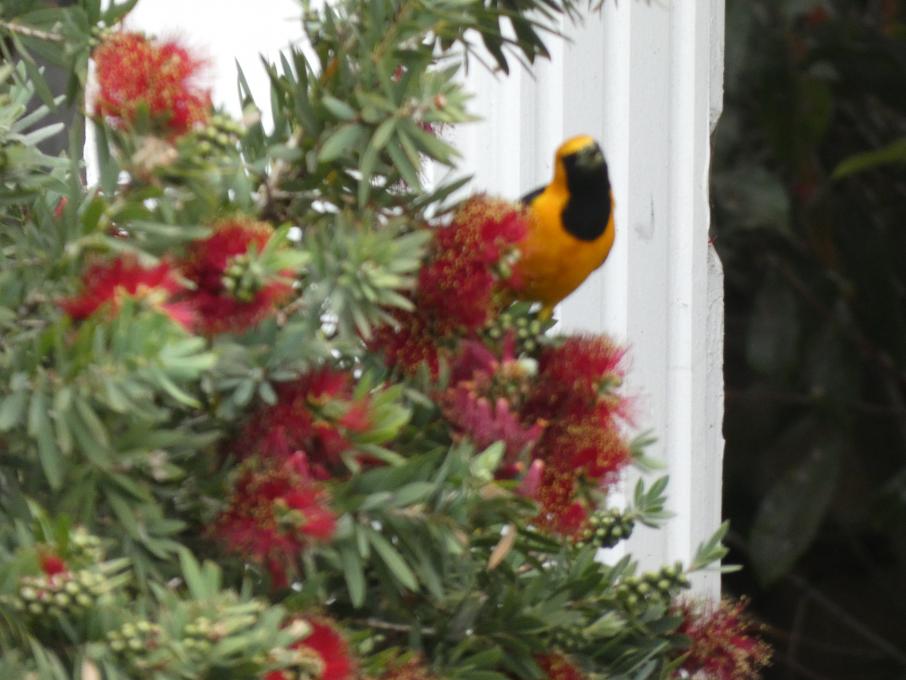Dana
Forum Replies Created
Viewing 12 posts - 1 through 12 (of 12 total)
-
DanaParticipantSecond shot - actual feeding.

-
DanaParticipantI live in southern CA and see both brown and white pelicans, usually at the beach or in saltwater marsh areas. I never saw the feeding behavior until a recent trip to the San Diego Creek (Irvine). As Richard describes above, it is fascinating. I got a couple of shots of 7 white pelicans feeding.

-
DanaParticipantIan - these are not birds I see in southern California. Can you identify them for us? Danain reply to: Practice Gaining an Audience with Birds #821828
-
DanaParticipantI sat on my back patio with my camera in a tripod aimed at the fountain that draws many birds to my yard. It was late in the day so business was slow but I did get a few photos of lesser goldfinches. I was not crazy about the wiggliness of the camera in the tripod (an old one given to me)... may try another borrowed one next. Have never gotten the water spray in earlier photos so the stabilization must have helped with that.
 in reply to: Practice Gaining an Audience with Birds #821825
in reply to: Practice Gaining an Audience with Birds #821825 -
DanaParticipantAs a novice birder (2 years) and photographer (< 6 months), I am a bit overwhelmed by the vocabulary when discussing camera gear. My goal is to capture photos to assist me in identifying birds that I see (usually on purposeful birding hikes with small groups of like-minded folks). I received a Panasonic DC-FZ80 (now I know this is a "point and shoot" camera) for Christmas and began using it in January (in automatic mode). After 3 birding trips, my success rate in getting a bird in the picture that could be identified was 30%. I observed some Youtube videos about my specific camera before going back in the field... I'm now at about 70-80% but have discovered many limitations to my camera and especially, to my skill level:
- camera - only works with decent lighting (not good in the common morning marine layer fogginess of my southern California environment), focus limits - birds cannot be "too far" away, motion - birds in motion not captured well, noise - the click of the shutter scares some birds away
- skill - lack of ability to "find" the bird through the viewfinder (especially sneaky birds like warblers and wrens), hand or arm fatigue (arthritis and "trapping" syndrome leading to numbness), slowness - by the time I put my binoculars down and get the camera out, bird has moved on, trouble if I accidently press a button on the camera that changes any function (one day it went into 4K burst mode and the battery died soon after)
 and a snowy egret.
and a snowy egret.  in reply to: Practice Matching Your Gear to Your Goals #820632
in reply to: Practice Matching Your Gear to Your Goals #820632 -
DanaParticipant
 in reply to: Practice Understanding Birds for Better Photos #815307
in reply to: Practice Understanding Birds for Better Photos #815307 -
DanaParticipantI chose the wood duck as it had been reported at Irvine Regional Park (CA) where I planned to bird today (May 14). Here's what I found out about wood ducks from Allaboutbirds.org and the CA Nature Mapping Program: Males are iridescent chestnut and green, with ornate patterns on nearly every feather; females have a distinctive profile and delicate white pattern around the eye. Wood Ducks have a unique shape among ducks—a boxy, crested head, a thin neck, and a long, broad tail. In flight, they hold their head up high, sometimes bobbing it. Habitat? These birds live in wooded swamps, where they nest in holes in trees or in nest boxes put up around lake margins. They are one of the few duck species equipped with strong claws that can grip bark and perch on branches. They are considered a "dabbling" duck species as they do not "dive" for food. Food sources? Wood Ducks eat seeds, fruits, insects and other arthropods. When aquatic foods are unavailable they may take to dry land to eat acorns and other nuts from forests and grain from fields. Breeding/nesting seasons? Wood Ducks pair up in January, and most birds arriving at the breeding grounds in the spring are already paired. The Wood Duck is the only North American duck that regularly produces two broods in one year. The female lays a clutch up to 15 cream colored eggs (normal 6-10). The hen incubates the eggs for 25 to 37 days. The young can fly at about 8 to 10 weeks. The Wood Duck breeds from British Columbia south to California, and from Montana east to Nova Scotia and south to Texas and Florida. Winters near Pacific Coast north to Washington, and to New Jersey in East, rarely farther north. All ducks live near water. The wood duck, as its name implies, requires wooded cover for nesting. In California, breeding season begins in April. What distinctive behaviors can I expect to see? They hang around the peripheries of water bodies in groups of 20 or fewer birds. Favored habitat: wooded swamps, marshes, streams, beaver ponds, and small lakes. They stick to wet areas with trees or extensive cattails. Is the bird migratory or does it stick around all year? In my area (southern CA), there are both year-round and migratory wood ducks. On my birding trip, I saw three male birds, all on a small man made lake bank.in reply to: Practice Understanding Birds for Better Photos #815305
-
DanaParticipantLoved seeing the Baltimore orioles.... in southern CA, we get hooded orioles who spend the summer with us. Since taking some bird biology classes in an emeritus program for a couple of years, I've learned to watch for them. They nest in tall palm trees in my neighbors yard, but have visited my yard since I have a fountain. This year, they reappeared in April and were quite taken with the bottlebrush blooms in our yard. Here is a blurry photo (taken with a Lumix DC-FZ80 in automatic mode).
 in reply to: Practice Understanding Birds for Better Photos #814855
in reply to: Practice Understanding Birds for Better Photos #814855 -
DanaParticipantAwesome photo... I had always hoped to go to the midwest (I live in CA) to see sandhill cranes during migration, but recently was in Bolsa Chica FL with two old classmates and saw them in people's yards! They are endemic to that part of Florida. I felt so lucky to see them but did not have my camera!!. Danain reply to: Practice Understanding Birds for Better Photos #814851
-
DanaParticipantThis photo made me chuckle, but Cynthia, your comment had me hooting! Thanks. Danain reply to: Practice Understanding Birds for Better Photos #814850
-
DanaParticipantI never thought about sweet gum balls as food sources. Thanks for the information. Danain reply to: Practice Understanding Birds for Better Photos #814846
-
DanaParticipantSarah - I loved your description of the northern shovelers in Central park. I live in Irvine CA (south of Los Angeles, north of San Diego) and was birding in February 2021 at a local park (Mason) which has a large manmade lake. There were dozens of northern shovelers doing the behavior you mentioned. I thought this must be courtship behavior (as it was most common with pairs) but later read that groups do it (see photo). So fascinating to understand more about what you see with birds.
 in reply to: Practice Understanding Birds for Better Photos #814839
in reply to: Practice Understanding Birds for Better Photos #814839
Viewing 12 posts - 1 through 12 (of 12 total)

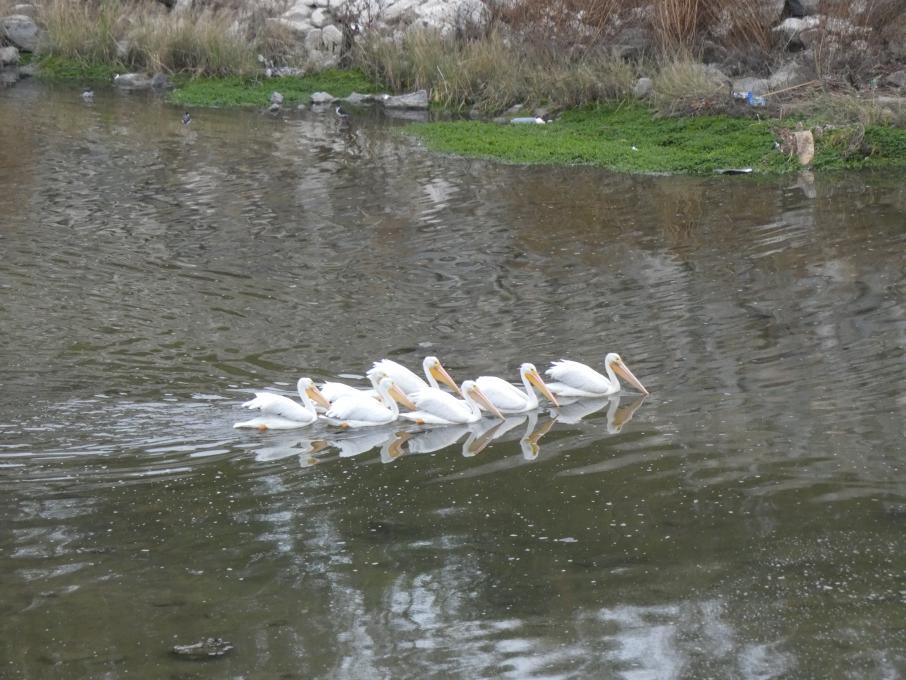
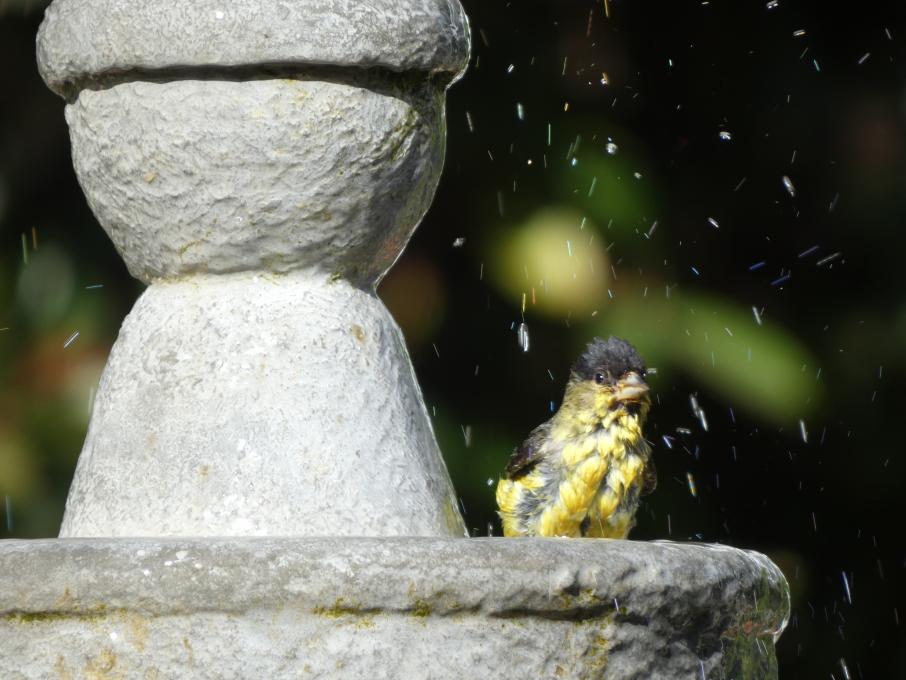
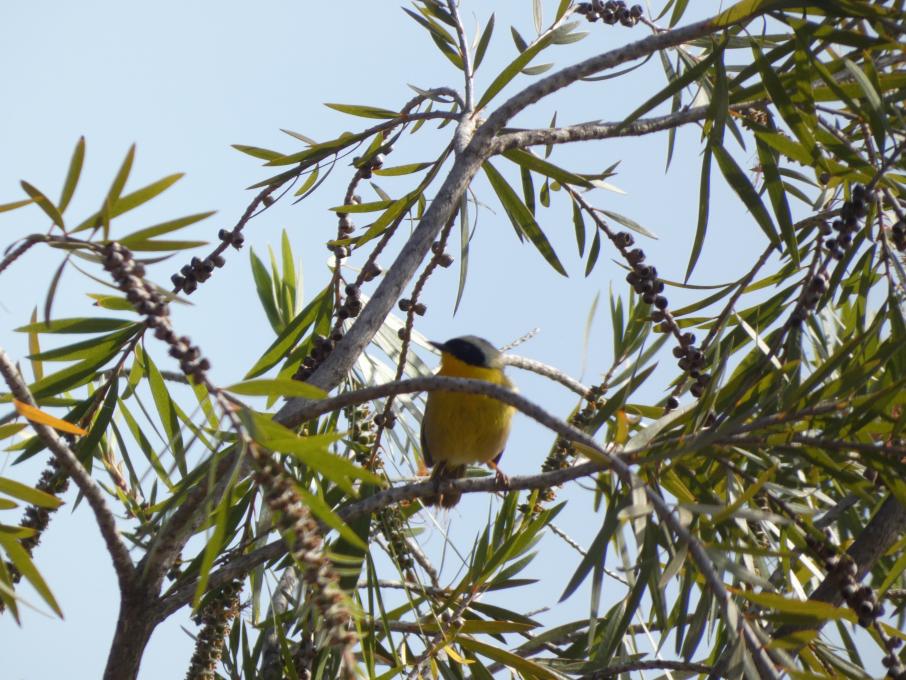 and a snowy egret.
and a snowy egret. 
